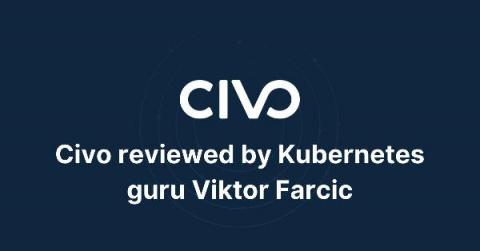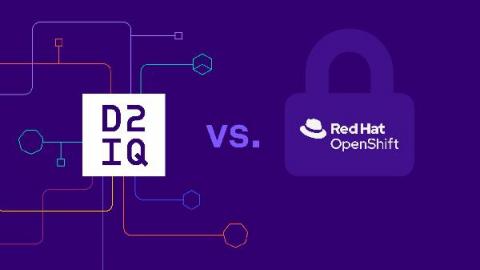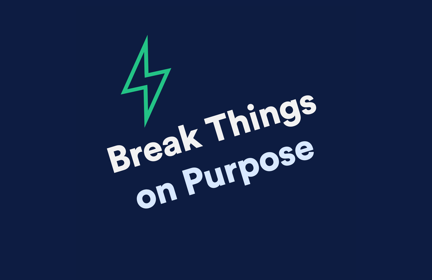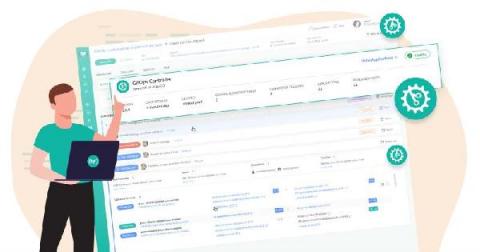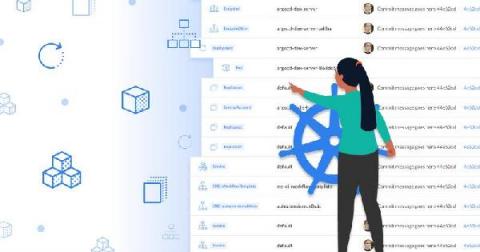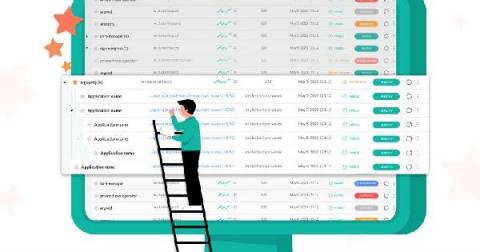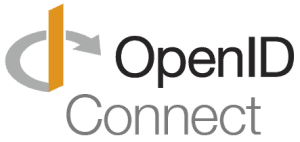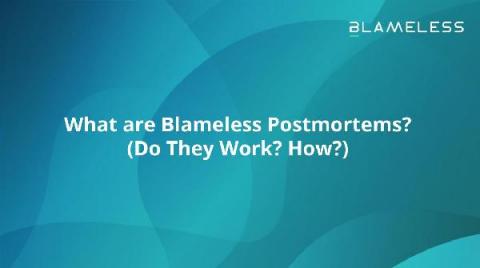Civo reviewed by respected Kubernetes guru Viktor Farcic
A couple of days ago, I was pleasantly surprised to suddenly see a tweet come in from Viktor Farcic. Viktor now works at upbound.io who developed Crossplane, and he also runs his own popular YouTube channel and co-hosts DevOps Paradox podcast. He’s well respected in the cloud native community. When I saw the tweet and noticed that Viktor had recorded a review of Civo on YouTube, I was just hoping he was kind to us...and I am pleased to say he was!


